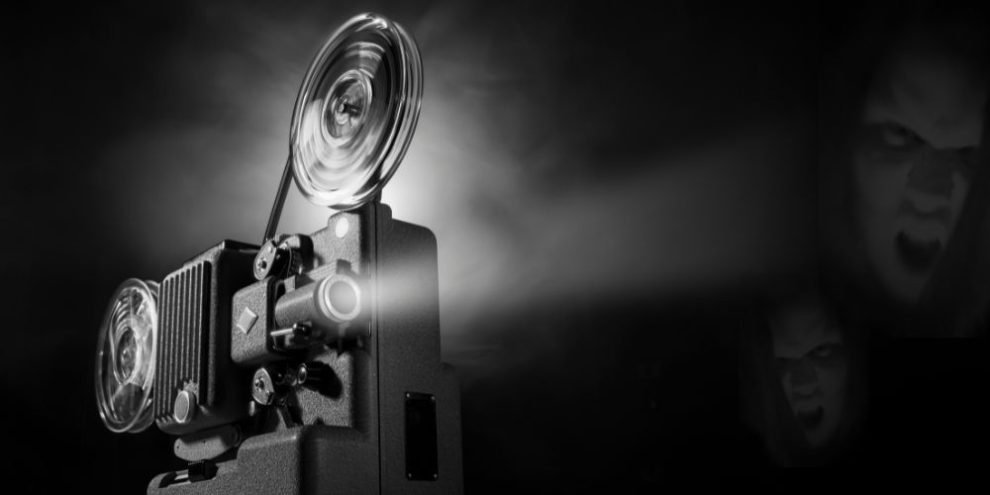The Evolution of Horror Entertainment
Horror entertainment has undergone a fascinating evolution over the decades, shaping and reshaping the way audiences experience fear, suspense, and the supernatural. From classic tales of suspense to modern psychological thrillers, this genre continues to captivate audiences worldwide.
Early Beginnings and Gothic Roots
Pioneering Fear: Horror entertainment traces its roots back to the early 20th century with silent films like “The Cabinet of Dr. Caligari” (1920) and “Nosferatu” (1922), which laid the foundation for atmospheric storytelling and eerie visuals. Influenced by Gothic literature, these films introduced audiences to monsters, vampires, and haunted settings, setting the stage for the genre’s enduring appeal.

Golden Age of Hollywood Horror
Cinematic Innovations: The 1930s and 1940s marked Hollywood’s golden age of horror, with iconic films such as “Frankenstein” (1931), “Dracula” (1931), and “Psycho” (1960). These movies brought classic literary monsters to life while exploring themes of fear, morality, and the human psyche. Advances in special effects and sound technology enhanced the suspenseful atmosphere, captivating audiences with chilling narratives and unforgettable performances.
Rise of Psychological Horror
Exploring the Mind: The late 20th century saw a shift towards psychological horror, where filmmakers delved into the depths of human psychology and existential fears. Films like “The Exorcist” (1973), “The Shining” (1980), and “Silence of the Lambs” (1991) blurred the lines between reality and nightmare, relying on suspense, tension, and complex characters to evoke terror. This era introduced new subgenres, including slasher films and supernatural thrillers, expanding the boundaries of horror storytelling.
Evolution in the Digital Age
Technological Advances: In the digital age, horror entertainment embraced technological innovations to enhance visual effects, create immersive experiences, and reach global audiences through streaming platforms. Films like “Paranormal Activity” (2007) and “Get Out” (2017) demonstrated how contemporary horror blends social commentary with supernatural elements, resonating with diverse audiences and pushing boundaries in storytelling.
Diversity and Innovation
Expanding Horizons: Today, horror entertainment continues to evolve with diverse narratives, voices, and cultural influences. Filmmakers explore themes of identity, societal fears, and the unknown through genres like found footage, cosmic horror, and psychological thrillers. Emerging talents and independent studios contribute to the genre’s richness, experimenting with unconventional narratives and visual styles to redefine horror for a new generation of viewers.
Conclusion
Horror entertainment has evolved significantly over the decades, from Gothic tales of monsters to sophisticated psychological thrillers and innovative digital experiences. This genre continues to captivate audiences by tapping into primal fears, exploring the human condition, and pushing artistic boundaries. As technology and storytelling techniques evolve, so too does our fascination with the dark, supernatural, and unexplained.



